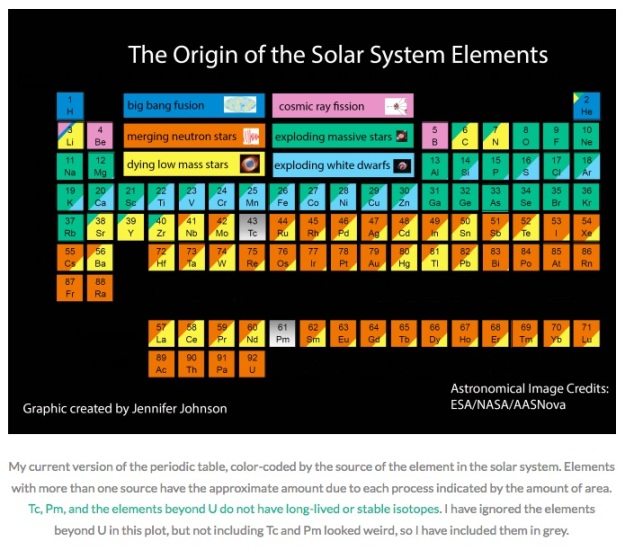1.83-1.74 billion years ago
We’re now doing the history of the universe at the rate of 100 million years per day.
The Boring Billion* is a billion or so years, from maybe 1.85 to .85 billion years ago, in which Earth’s climate, ecology, and geography were relatively stable. For most of this period, life and Earth seem to have been locked into a very different set of chemical cycles than what we’re used to today.
Today we have a planetary fuel cell that keeps electron-hungry oxygen in the atmosphere and ocean separate from reduced carbon in minerals deep underground. Animals exploit this fuel cell by consuming and oxidizing organic matter. And a few centuries ago, human beings found another way of tapping Earth’s fuel cell: unearthing underground carbon and hydrocarbon stores, and oxidizing (burning) them to fuel the Industrial Revolution.
During the Boring Billion, however, a different, lower-energy, planetary fuel cell operated. There was some oxygen in the atmosphere – a few percent versus 21 percent today, not enough to make it breathable to us. But it’s likely that much of the ocean below a thin surface layer was anoxic, without free oxygen. Atmospheric oxygen still reached the ocean, but indirectly. On land, oxygen combined with sulfur compounds to yield sulfates. When these washed into the ocean, bacteria in the anoxic zone used them to produce hydrogen sulfide, the chemical that gives rotten eggs their bad smell.
The term of art for this combination of no oxygen and lots of sulfides is euxinia, named after the Euxine, or Black Sea. When the Black Sea flooded 7500 years ago, the decay of organic matter used up all the oxygen below the top 150 meters or so, creating the world’s largest marine Dead Zone. But during the Boring Billion, it looks as if the whole ocean was largely euxinic, a Canfield Ocean.
And it may be that the dominant mode of photosynthesis was different back then too, with purple and green sulfur bacteria exploiting hydrogen sulfide and releasing relatively little oxygen in the process. There are bacteria today that can switch between aerobic and anaerobic photosynthesis depending on the supply of hydrogen sulfide. These photosynthetic bacteria are distinct from true algae, which are not bacteria but eukaryotes with chloroplasts. On the latest evidence true algae evolved at least 1.2 billion years ago, maybe 1.6 billion. They and their multi-cellular descendants – green plants – would eventually (after some extreme Ice Ages) make Earth a very different place.
* The correct, boring name for the Boring Billion is the Middle Proterozoic.






